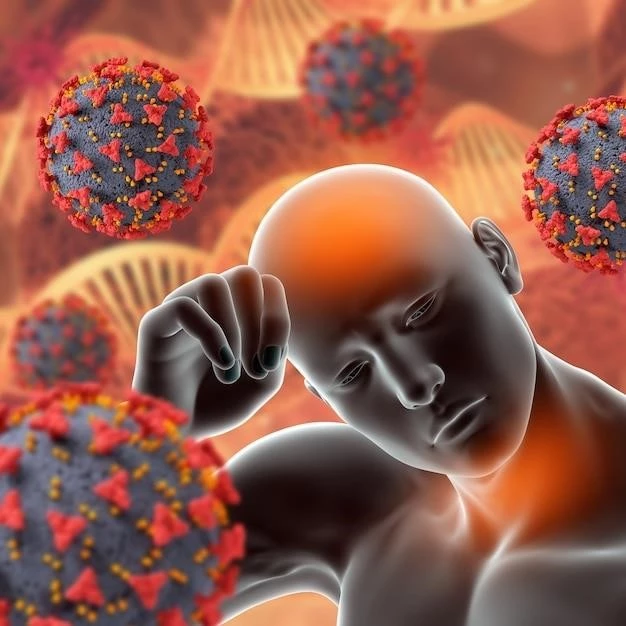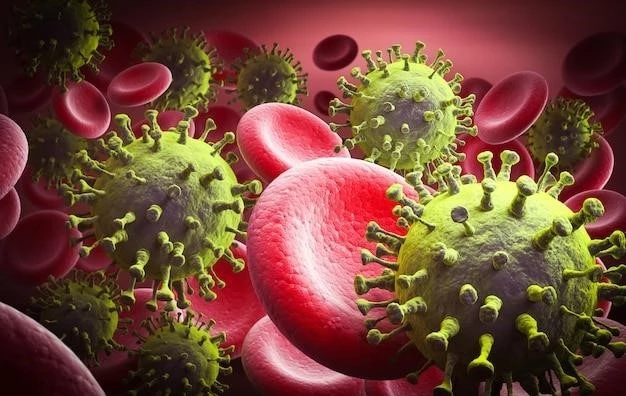Introduction
Prothrombin deficiency, also known as Factor II deficiency, is one of the rarest coagulation disorders affecting blood clotting. It is crucial to understand its implications.
Overview of Prothrombin Deficiency
Prothrombin deficiency, also known as Factor II deficiency, is a rare coagulation disorder affecting blood clotting. This condition is typically caused by mutations in the F2 gene, leading to a decrease in the production or function of prothrombin. Inheritance patterns play a key role in the development of this disorder, with autosomal recessive transmission being a common factor. Understanding the symptoms, diagnosis, and management of prothrombin deficiency is essential for individuals and families affected by this condition. Research continues to explore new insights and treatment options to improve the quality of life for those with prothrombin deficiency.
Background
Prothrombin deficiency, also known as hypoprothrombinemia, is a rare clotting disorder affecting the blood’s ability to coagulate. It is crucial to understand the history and significance of this condition for proper management.
History of Prothrombin Deficiency
Prothrombin deficiency, also known as Factor II deficiency, was first described by Dr. Armand Quick in 1947. This rare clotting disorder has an estimated incidence of 1 in 2 million in the general population. Understanding the historical context and early identification of prothrombin deficiency is essential in recognizing and managing this condition effectively.

Etiology
Prothrombin deficiency results from mutations in the F2 gene, impacting the production or functionality of the prothrombin protein. Inheritance patterns play a significant role in the development of this rare coagulation disorder.
Cause of Prothrombin Deficiency
Prothrombin deficiency is primarily caused by mutations in the F2 gene, leading to reduced levels or impaired function of the prothrombin protein. This genetic condition can be inherited in an autosomal recessive pattern, emphasizing the importance of understanding the underlying genetic factors contributing to the development of prothrombin deficiency.
Epidemiology
Prothrombin deficiency is a rare coagulation disorder, with an estimated incidence of 1 in 2 million in the general population. Understanding the prevalence and distribution of this condition globally is essential for clinical management.
Prevalence of Prothrombin Deficiency
Prothrombin deficiency is a rare condition with an estimated incidence of 1 in 2 million in the general population. This low prevalence underscores the importance of recognizing and managing this unique coagulation disorder effectively.

Clinical Presentation
Prothrombin deficiency, a rare coagulation disorder, presents with symptoms such as prolonged bleeding and potentially heavy menstrual bleeding in affected individuals. It is important to recognize and address these manifestations promptly.
Symptoms of Prothrombin Deficiency
Prothrombin deficiency, a rare coagulation disorder, presents with manifestations such as prolonged bleeding, particularly after injury or surgeries. Additionally, individuals, especially women, may experience heavy menstrual bleeding due to this condition. It is essential to monitor for these symptoms and seek appropriate medical attention for proper management.
Diagnosis
Diagnosing prothrombin deficiency involves testing for coagulation factors, including prothrombin time. It is crucial to consult a healthcare professional for accurate testing and interpretation of results.
Testing for Prothrombin Deficiency
Diagnosing prothrombin deficiency typically involves assessing coagulation factors, including the prothrombin time test. This test evaluates the blood’s ability to clot and can detect deficiencies in various factors crucial for proper coagulation. Consulting with a healthcare provider for accurate testing and interpretation of results is essential for managing prothrombin deficiency effectively.
Management
Effective management of prothrombin deficiency involves strategies to control bleeding episodes and prevent excessive blood loss, which may include the administration of clotting factors or other blood products. Consultation with hematologists is crucial for tailored treatment plans and ongoing monitoring of clotting factors to ensure optimal care.
Treatment Options for Prothrombin Deficiency
The treatment of prothrombin deficiency may involve the administration of clotting factors or other blood products to manage bleeding episodes effectively. Individuals with this rare coagulation disorder should work closely with healthcare providers, particularly hematologists, to develop personalized treatment plans that address their specific needs and ensure optimal care.
Complications
Complications of prothrombin deficiency may include prolonged bleeding, increased risk of hemorrhage, and challenges in managing thrombotic events. It is crucial to address these complications promptly and seek appropriate medical care for optimal outcomes.
Potential Complications of Prothrombin Deficiency
Complications of prothrombin deficiency may include prolonged bleeding, increased risk of hemorrhage, and challenges in managing thrombotic events. It is crucial to address these complications promptly and seek appropriate medical care for optimal outcomes.
Genetic Considerations
Understanding the genetic aspect of prothrombin deficiency is crucial. This rare coagulation disorder is often inherited in an autosomal recessive pattern, impacting the production or function of the prothrombin protein. Consulting with genetics professionals can provide valuable insights into the inheritance pattern and implications for individuals and families affected by prothrombin deficiency.
Inheritance Pattern of Prothrombin Deficiency
Prothrombin deficiency, a rare bleeding disorder, is typically passed down in an autosomal recessive manner, necessitating both parents to carry the gene for their offspring to inherit the condition. Understanding the inheritance pattern is crucial for genetic counseling and family planning in cases of prothrombin deficiency.
Research and Future Directions
Research on prothrombin deficiency continues to advance our understanding of this rare coagulation disorder. Ongoing studies focus on improving diagnostic methods, developing novel treatment approaches, and exploring the genetic underpinnings of the condition. Keeping up with the latest research findings and future developments in prothrombin deficiency is essential for healthcare professionals and individuals affected by this disorder.
Ongoing Studies and Developments in Prothrombin Deficiency
Ongoing research in prothrombin deficiency focuses on improving diagnostic techniques, exploring novel treatment modalities, and understanding the genetic mechanisms underlying this rare coagulation disorder. Current studies aim to enhance the management and outcomes for individuals with prothrombin deficiency through advancements in medical knowledge and technology.
